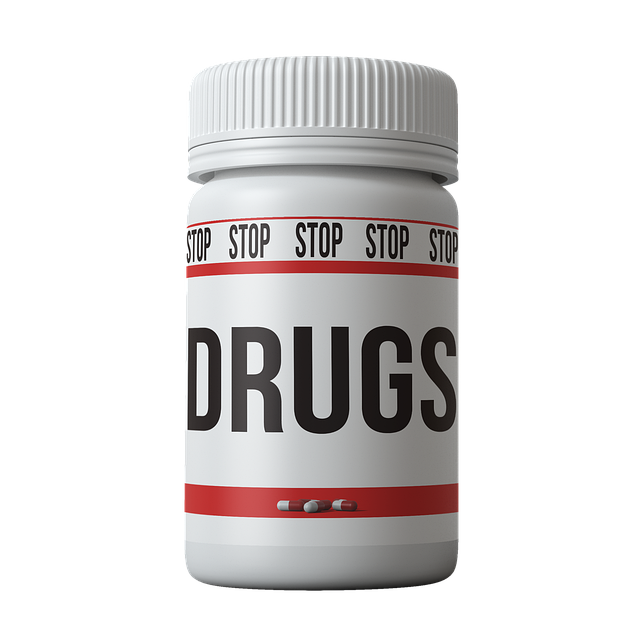How to Recognize Early Signs of Stroke
Recognizing the early signs of a stroke can make the difference between full recovery and permanent disability. When it comes to stroke, every minute counts, as prompt medical intervention significantly improves outcomes. Understanding what to look for and knowing when to seek emergency care is essential knowledge that could save a life—perhaps even your own.

A stroke occurs when blood flow to part of the brain is interrupted, causing brain cells to die from lack of oxygen. Recognizing the warning signs quickly and seeking immediate medical attention is crucial for minimizing brain damage and improving chances of recovery. The ability to identify stroke symptoms can literally be the difference between life and death, as treatment options are most effective when administered within the first few hours after symptoms begin.
How to Identify the Early Symptoms of a Stroke
The medical community has developed the acronym FAST to help people remember the most common stroke symptoms and the importance of quick action:
- Face: Ask the person to smile. Does one side of the face droop?
- Arms: Ask the person to raise both arms. Does one arm drift downward?
- Speech: Ask the person to repeat a simple phrase. Is their speech slurred or strange?
- Time: If you observe any of these signs, call emergency services immediately.
Beyond the FAST method, other warning signs may include sudden numbness or weakness, especially on one side of the body; confusion or trouble understanding speech; severe headache with no known cause; trouble seeing in one or both eyes; and sudden difficulty walking, dizziness, or loss of balance or coordination.
Recognizing the First Warning Signs of Stroke
Strokes can sometimes present with less obvious symptoms that are easily overlooked. These subtler signs might appear hours or even days before a major stroke occurs and are often called transient ischemic attacks (TIAs) or “mini-strokes.” While these episodes may resolve quickly, they should never be ignored as they can be warning signs of an impending full stroke.
These warning signs may include:
- Brief episodes of weakness or numbness
- Temporary vision problems in one or both eyes
- Brief periods of speech difficulty
- Unexplained dizziness or unsteadiness
- Sudden, unusual, and severe headaches
Individuals who experience any of these symptoms, even if they disappear within minutes, should seek medical attention immediately. Documenting when symptoms started can help healthcare providers determine appropriate treatment options.
Understanding the Early Indicators of Stroke
Strokes affect men and women differently, and knowing gender-specific symptoms can be crucial for early identification. Women, for instance, may experience unique symptoms such as sudden hiccups, nausea, general weakness, chest pain, shortness of breath, or heart palpitations.
Age is another factor that can influence how stroke symptoms present. Younger people might dismiss stroke symptoms, attributing them to stress, migraine, or exhaustion. However, strokes can occur at any age, and recognizing the signs regardless of age is essential.
Certain risk factors increase the likelihood of experiencing a stroke. These include high blood pressure, diabetes, smoking, obesity, high cholesterol, heart disease, family history of stroke, and previous stroke or TIA. Individuals with these risk factors should be particularly vigilant about recognizing stroke symptoms.
When to Call Emergency Services
The critical window for stroke treatment is narrow—typically within 3-4.5 hours from the onset of symptoms for certain interventions. This underscores the importance of calling emergency services at the first sign of stroke rather than driving to the hospital yourself or waiting to see if symptoms improve.
When calling emergency services, be prepared to provide information about: - When symptoms began (exact time if possible) - What symptoms the person is experiencing - The person’s age and medical history if known - Any medications the person takes
Emergency responders are trained to recognize stroke symptoms and can begin assessment and treatment en route to the hospital, potentially saving precious minutes.
Stroke Risk Reduction and Prevention
While recognizing stroke symptoms is crucial, taking steps to prevent strokes is equally important. Preventive measures include controlling blood pressure, managing diabetes, quitting smoking, maintaining a healthy weight, exercising regularly, eating a balanced diet low in saturated fats and sodium, limiting alcohol consumption, and taking medications as prescribed.
Regular medical check-ups can help identify and manage risk factors before they lead to a stroke. Healthcare providers may recommend specific preventive strategies based on individual risk profiles, including medications like blood thinners for those with certain conditions.
Different Types of Strokes and Their Symptoms
Understanding that there are different types of strokes can help in recognizing their specific symptoms. The three main types are:
-
Ischemic stroke: Caused by a blood clot blocking blood flow to the brain. This is the most common type, accounting for about 87% of all strokes.
-
Hemorrhagic stroke: Occurs when a blood vessel in the brain ruptures and bleeds. These strokes often cause sudden, severe headaches and may be accompanied by nausea and vomiting.
-
Transient Ischemic Attack (TIA): Often called a “mini-stroke,” a TIA produces stroke-like symptoms that resolve within minutes to hours without permanent damage. However, TIAs are serious warning signs that should never be ignored.
Each type may present with slightly different symptoms or severity, but all require immediate medical attention.
Remember that stroke symptoms typically appear suddenly and without warning. The key to minimizing damage is recognizing these symptoms quickly and acting fast. By familiarizing yourself with the warning signs and knowing what to do if they occur, you can potentially save a life—perhaps even your own.
This article is for informational purposes only and should not be considered medical advice. Please consult a qualified healthcare professional for personalized guidance and treatment.




